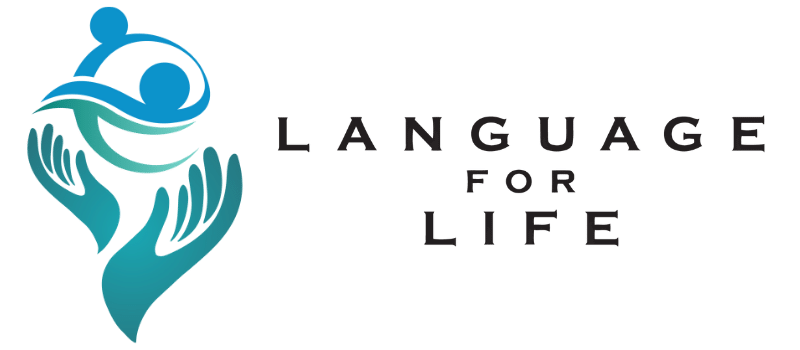Speech Pathology is the study, diagnose and treatment of communication disorders, including difficulties with speaking, listening, understanding language, reading, writing, social skills, stuttering and using voice. Our Speech Pathologists work with children and adolescents who have difficulty communicating due to developmental delays, stroke, brain injuries, learning disability, intellectual disability, cerebral palsy, dementia and hearing loss, as well as other problems that can affect speech and language.
Speech Treatments
Global Development Delay (GDD)
A child with GDD is one who is considered to have significantly lower intellectual functioning than their peers. To be diagnosed under GDD, the child must also be significantly limited in at least two developmental domains, including, gross motor, vision and fine motor, communication (i.e. speech/hearing/language) and social skills.
Childhood apraxia of speech (CAS)
Childhood Apraxia of Speech (CAS) is an uncommon speech disorder in which a child has difficulty making accurate movements when speaking. In CAS, the brain struggles to develop plans for speech movement. With this disorder, the speech muscles aren’t weak, but they don’t perform normally because the brain has difficulty directing or coordinating the movements.
Attention Deficit Hyperactivity Disorder (ADHD)
Attention Deficit Hyperactivity Disorder (ADHD) is a problem with (or combination of) inattentiveness, over-activity and impulsivity out of the normal range for that individual’s age and development. ADHD is considered the one of the most common behavioral disorders in children. It is generally more prevalent in boys and sometimes continues until adulthood.
Alternative and Augmentative Communication (AAC)
Alternative and Augmentative Communication (AAC) refers to systems and devices that aid communication for people who find it difficult to speak. AAC methods that don’t use advanced computer technology include signing, gestures, written words, symbols and picture books.
Social skills, literacy, language and communication development
- Social skills
Social skills are the skills we use every day to interact and communicate with others. They include verbal and non-verbal communication, such as speech, gesture, facial expression and body language.
- Literacy
Literacy is popularly understood as an ability to read and write in at least one method of writing, an understanding reflected by mainstream dictionaries.
- Language and communication development.
Communication and language development is about more than talking. It means all the different ways a child understands and communicates, only part of which are spoken words. This lays a foundation for speech, which begins around nine months and typically increases as a child grows.
For more information about Speech pathology – visit: speechpathologyaustralia.org.au

